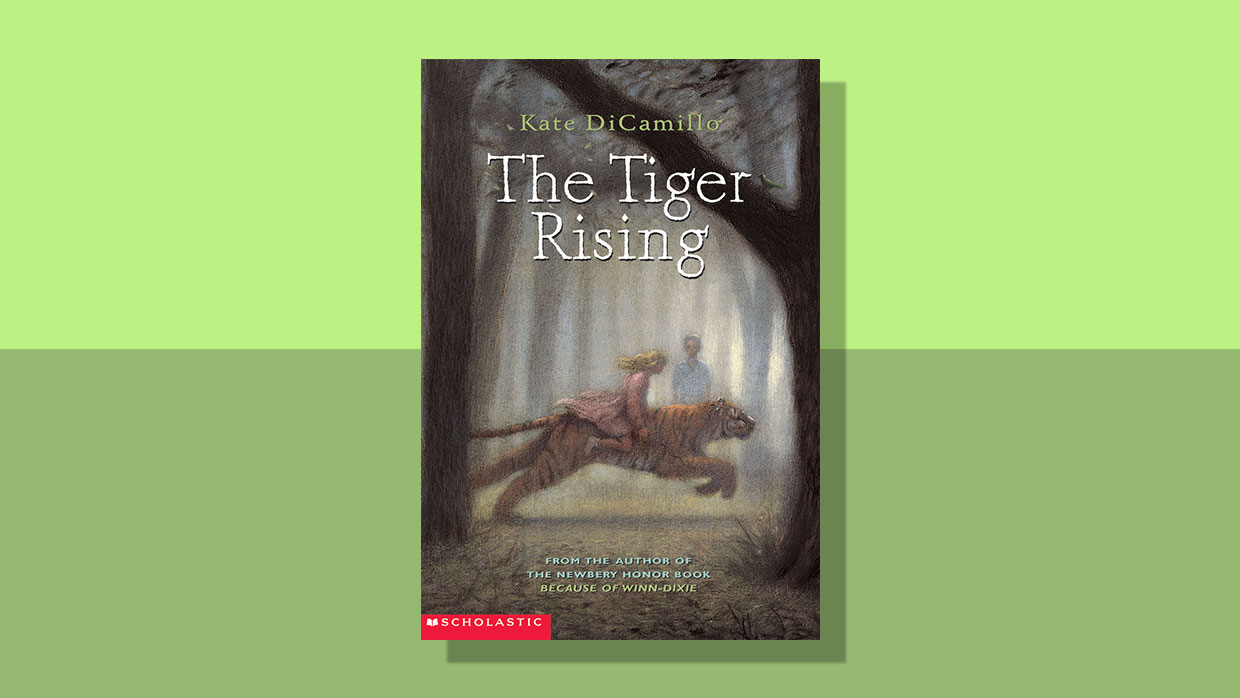Talking to students about important themes related to death isn’t always easy. It’s a complicated and sensitive topic, one that may hit very close to home for certain students. But reading about the change and experiences associated with loss provides students with a new way to connect with grief and heartache, especially if the story’s emotions ring true.
In The Tiger Rising by Kate DiCamillo, 12-year-old Rob Horton is dealing with the recent death of his mother. He lives in a motel with his father and his legs are covered in itchy red blisters, which he’s been told are a manifestation of his sadness. But one day, while walking in the woods behind the motel, he discovers a tiger pacing back and forth in its cage. The extraordinary encounter, and a new friendship, kick off a turn of events that allow Rob to come to terms with his grief and sadness.
Even students who haven’t directly experienced loss will connect to Rob’s story, the loss and heartache he has to deal with, and the hope and trust that blossom from new friendships. After reading, students may be inspired to discuss or write about what they’ve read and explore more deeply the important themes and ideas the book communicates so well. To get your students talking about key elements of the story, and the concepts they help portray, here are a few prompts to encourage reflection:
1. Does Rob think things through? How so? Does his way of thinking affect his actions toward his father, the Threemonger brothers, and his school situation?
2. Where was Rob’s first meeting with Sistine? What happened during their first meeting?
3. Why was the discovery of the caged tiger so extraordinary to Rob? How did its discovery help him at the beginning of the story? At the end of the story?
4. Why do you think Rob and Sistine become friends?
5. Rob changes from the beginning of the story to the end. Give three specific examples of those changes.
6. Did the tiger have to be killed? If so, why?
7. How do you think Rob would define happiness? How do you define happiness?
Of course, talking and writing about the book’s important themes isn’t the only way to connect with Rob’s story. There’s plenty of opportunity for students to respond to The Tiger Rising by tapping their artistic side. To help students do that, remind them what Sistine says: that looking at the ceiling of the Sistine Chapel is like looking at fireworks. Encourage students to think of something in their life that makes them think of fireworks and to make a visual representation of it either through drawing, painting, or by photographing it.
